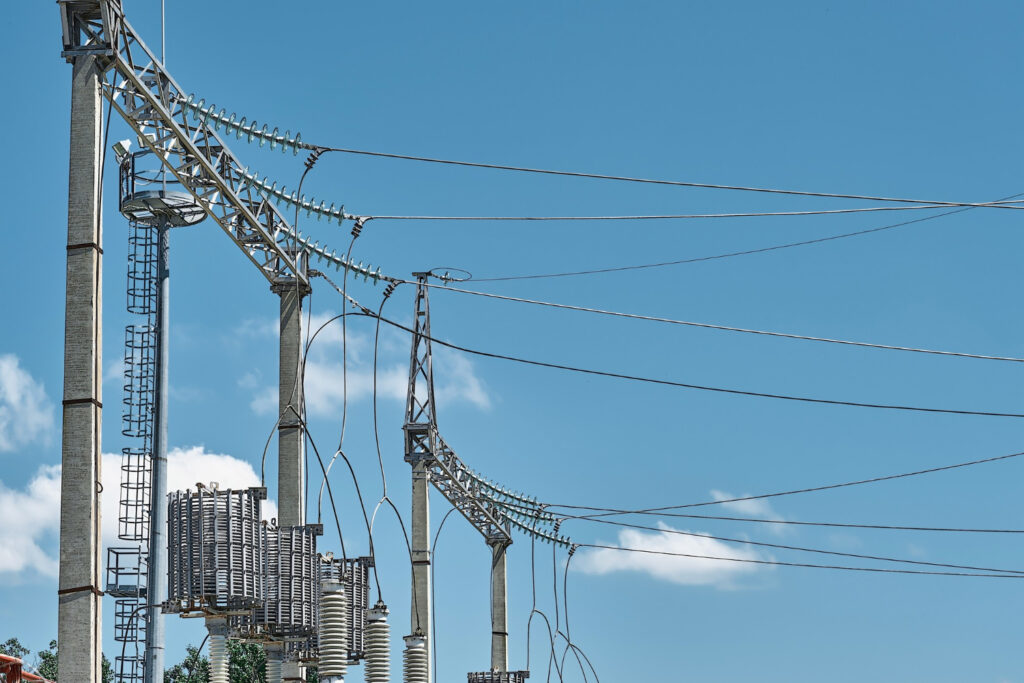How Digital Tools Improve Corrective Measures for Accident Prevention
With the right digital tools, managers have various options for improving corrective measures for accident prevention. Accident prevention is important across all industries, and maintaining a safe work environment should be a priority for all businesses.
Beyond simply keeping up to date with OSHA compliance, a safe work environment is essential for reducing work-related accidents and incidents. To do this, you need to identify the risks present in the workplace or on worksites and put corrective measures in place.
Having the right digital tools at your disposal makes this a much easier process. So, let’s explore how you can improve corrective actions for accident prevention using digital tools.
Understanding Corrective Measures for Accident Prevention
Corrective measures are important in various workplaces. They mitigate accidents and improve workplace safety as they correct something wrong or unsafe. This involves a process that can cover four main areas – each one working to reduce or eliminate the event of accidents. These areas include education, engineering, enforcement, and encouragement.
To prevent accidents from happening, there are a few important steps to take. These include gaining a complete understanding of the surroundings and work area, analyzing this area, and looking for possible risk areas. Then, you need to address these risks. Reporting on any potential accident zones is important, too.
Yes, following OSHA standards and guidelines is important for a safe work environment. On top of this, managers should always be on the lookout for possible accident areas. This will help to maintain a truly safe work environment. Digital tools can help make this easier. With checklists, resources, and real-time management, you can easily implement corrective measures for accident prevention.
The Four Areas of Corrective Measures
Below, we’ll uncover the four areas of taking corrective action in more detail.
Education
A major part of accident prevention comes down to making sure that workplaces are safe enough. However, the largest cause of accidents still results from human error. A wrong move could have serious repercussions. So, it is essential that workers understand exactly what they need to be doing at all times.
This is why proper job training and education are so critical. Managers need to make sure that all workers are fully trained in all aspects of the job. Workers need to be properly equipped with the right knowledge and technical skills to match their tasks. They also need to be aware of all job-related risks and potential accident causes.
To achieve this, you need to hold regular training sessions and instructional seminars. Workers also need to have access to the right training resources at all times. This makes sure that they are always prepared to start work on any site.
Using a digital tool for this, like a safety app, is beneficial. It saves money on printing out resources for workers and provides access to important information. Workers can access the relevant procedures and safety information from anywhere, which can make all the difference in accident prevention.
Engineering
Engineering in corrective measures for accidents refers to the physical workplace and equipment used. Other leading causes of workplace accidents are using faulty machinery or working in dangerous environments. This is a broad category, but it could include things like:
- unguarded equipment
- a lack of ventilation
- no fall prevention systems
- insufficient PPE
- defective or unchecked equipment
Carefully examining the work environment and all the required tools is crucial. It’s essential to create a comprehensive checklist that you can use during regular inspections. This helps to ensure that everything is up to scratch and in working order. It’s also a requirement for complying with OSHA safety standards.
If a workplace is safe and consists of safe equipment and machinery, then the chances of an accident will be far lower. There are many dangerous work environments out there, but it’s essential to ensure no engineering dangers are present. This helps to prevent avoidable accidents.
Enforcement
Creating a safe work environment is the first step. The next step is to make sure that you maintain this safe environment. You need to take OSHA standards, as well as specific company policies, into consideration. Check that all work environments and practices align with the relevant policies and standards for your industry.
Enforcing corrective action includes things like regular site inspections, proper management and supervision, and accurate reporting. The workplace is constantly in use. So, it’s important to make sure that the correct standards are always being implemented and enforced.
For example, a piece of equipment can suddenly malfunction or get damaged through wear and tear. The enforcement role would be to keep a strict eye over this equipment and servicing and maintaining it where required.
Encouragement
At the end of the day, corrective measures are only really successful if employees adopt and apply them properly. To do this, you need to implement systems of encouragement. This is important for keeping workers motivated and encouraged to follow all of the correct accident prevention systems.
This makes the workplace safer, but it also helps to boost productivity and worker morale. Things like incentive systems can go a long way when it comes to implementing and maintaining corrective measures.
Using Digital Tools for Different Corrective Measures Against Accidents
Establishing the different focus areas for correcting unsafe processes or equipment is necessary, but enforcing these areas is the next challenge. Digital tools can make this easy for all kinds of industries and work environments.
The right OSHA compliance technology can help to identify risks in the workplace – whether this is in a contained environment or out in the field. Enhanced risk identification can help with engineering and educational corrective measures. You can store common risks in a central database with information on how to safely proceed or mitigate them. With a safety app, all this information is readily available for workers who are on site.
Digital tools are also beneficial with site audits and inspections. You can access and use digital checklists and find necessary OSHA resources when needed. You can use a digital tool to conduct paperless inspections that ensure your workplace is safe and that everything meets the appropriate standards.
As a result, it makes OSHA compliance much easier to keep track of and maintain. You can effectively monitor the activity of workers, sites, and certain tools and pieces of machinery. Carefully monitoring equipment can help to keep maintenance up to date. Additionally, it will alert managers of any potential risks before they become a real danger.
Of course, digital training is also a major benefit. Implementing a digital safety system allows workers to stay updated with all current training procedures and best practices.
Conclusion
Digitalization is taking place across industries all over the world. A major area where digitalization can improve a business is in correcting unsafe procedures for accident prevention.
Digital tools can vastly improve the way any company approaches its corrective actions. No matter what kind of action they take, technology can help to make it easier to apply. Overall, this results in a safer workplace.
So, using the right digital tools is important for keeping your business under control and staying up to date with all necessary health and safety standards. They can take a great deal of effort out of this, saving time and helping you apply the best possible corrective measures. If you’re interested in taking your safety and compliance to the next level, check out Field1st today.





